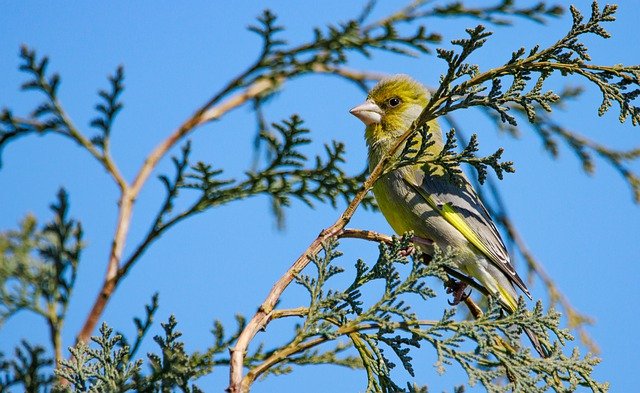Natural awareness is often contrasted with meditation focused on numbers, the breath, sounds or particular sensations or feelings. Natural awareness is not goal-focused – it is more about being aware of awareness itself, noticing that you are noticing. So much of what we do in life is goal-focused – natural awareness provides a desirable shift that can lead to less stress, more openness and a greater sense of calm. Rachelle Calvert encourages us to take our mindfulness practice outside so that we can feel more connected to the world around us and not be totally absorbed in having to “try” or “do”. She draws on research results that demonstrate that “practicing mindfulness in nature”, leads to many benefits including improved heart health, concentration, relaxation and stress reduction. Mark Coleman reminds us that a natural outcome of being mindful in nature is a sense of gratitude as well as wonder and awe inspired by nature’s beauty and resilience.
By developing natural awareness in nature through observation and listening, we can become more grounded, experience tranquility and begin to notice minute aspects of our natural environment that we have previously overlooked. Diana Winston in her book, The Little Book of Being, identifies practices we can use to develop natural awareness and offers what she calls “markers” to test whether or not we have experienced “natural awareness”. These include feelings of timelessness and ease; noticing that you are noticing; completely aware with all your senses open to your environment; and a restful mind that is open to what is passing by.
An experience of natural awareness
I was recently strolling along the Mooloolaba Beach Boardwalk noticing the people passing by – couples of all ages out for a walk, men and women pushing prams, individuals leading dogs on a leash and the perennial runners, both individuals and groups. Occasionally, a bush turkey would cross my path on its way to greener pastures. While being aware of these movements, I was totally unaware of the vegetation beside the Boardwalk. Once I realised this lack of awareness, I began to scan the vegetation either side of the path. I became aware of tiny wildflowers partially hidden amongst the trees and grasses, trees twisted sideways turning towards the sun and all different kinds of leaves (broad and large, thin and small). This cultivated, natural awareness enabled me to broaden the horizon of my awareness and instilled a greater sense of calm as I walked mindfully along the Boardwalk.
Diana Winston offers an exercise to experience what she calls, “the spectrum of awareness” – moving from a very narrow focus to a more panoramic, natural awareness view. She uses fish in an aquarium for this exercise, moving from focus on a single plant, to movement of an individual fish and, finally, to a panoramic view taking in the fish, the aquarium and the surrounding environment. As she observes as part of this exercise, natural awareness includes noticing our own bodily sensations and feelings in the present moment as we are experiencing the world around us with openness and curiosity.
Reflection
We can develop natural awareness through our everyday activities if we adopt a mindset that involves consciously noticing what we are doing and seeing, as well as what we are experiencing internally. Diana Winston suggests that we can develop natural awareness even when doing the dishes; when we expertly handle a distraction while meditating; when consciously avoid foods that lead to inflammation or when we monitor how we spend our time.
Focused meditation helps to develop natural awareness as we become increasing able to concentrate and pay attention with openness and curiosity. As we grow in mindfulness through developing our capacity for natural awareness and engaging in formal meditation, we can experience a greater sense of tranquility, freedom from anxiety and a more complete alignment of our words and actions with our values and life purpose.
____________________________
Image by Waldemar Zielinski from Pixabay
By Ron Passfield – Copyright (Creative Commons license, Attribution–Non Commercial–No Derivatives)
Disclosure: If you purchase a product through this site, I may earn a commission which will help to pay for the site, the associated Meetup group, and the resources to support the blog.
